How to crush it with powerful “lead generators” in 2023
Inbound marketing strategies are lead generators, proven to create a steady flow of fresh leads into your business.
And fresh leads are the lifeblood of any business – but you know that already.
By publishing the right content in the right place at the right time, your marketing becomes relevant and helpful to your customers, not interruptive.
Inbound marketing is one of the most effective, scalable, and repeatable lead generation tools in digital marketing.
Rather than relying on obtrusive, outbound tactics such as buying ads, buying email lists, and email blasts (spam), lead generators like inbound marketing ensure you connect with your target audience in a way that naturally brings them to you.
Most importantly of all, Inbound Marketing results in prospects and customers that want to connect with you, are keen to hear from you, and value their relationship with your company and brand.
Why should you care about such lead generators?
Good question.
To be successful with an online marketing strategy, simply replicating a traditional offline model doesn’t work.
You need to carefully consider how online interactions take place and how best to build lead generators that leverage the realities of the online marketplace.
You should care.
If you get it wrong, you’ll:
- Struggle to attract Visitors to your website.
- Not retain their interest once there.
- Convert Visitors to Leads at a dismal rate.
- Close the sale far less often than you’d like to.
- Maybe not even close the sale at all.
- Be on a continual merry-go-round of having to fill your sales funnel with new prospects, only to try and take them through a broken sales process.
You should care about how to generate leads with lead generators because you’ll convert fewer visitors to prospects, make fewer sales, and make less money if you don’t.
Your ROI will take a nosedive as a result.
Now, compare this scenario to proven lead generators such as inbound marketing.
What Does an Inbound Marketing Strategy Look Like?
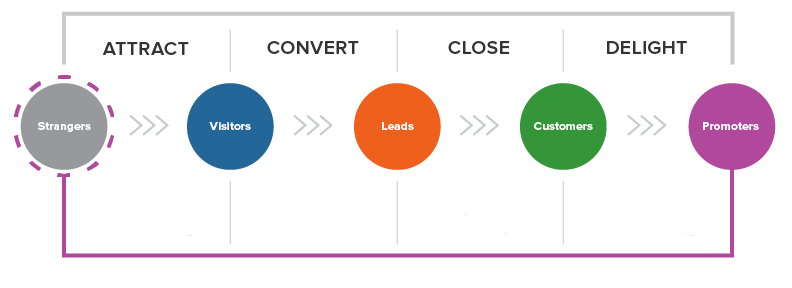
A high-level view of an Inbound Marketing Strategy looks like this – the 4 actions of the methodology are at the top:
To give you an idea of what the 4 actions look like in practice, let’s briefly consider each one and define an important, single best practice along with a pitfall to avoid.
ATTRACT – the initial action taken is to attract Strangers and convert them to Visitors to your website. This is achieved using remarkable, targeted content that your audience actually wants to consume.
Do – provide content that talks about real issues that resonate with your target audience. Provide useful, educational information that adds value and makes the reader want to engage further with your content.
Don’t – talk about your company, its products, and services, or how great you are. That’s of no interest to strangers who are at this first stage of the inbound process. It also makes your content difficult to find online (nobody searches for your company’s greatest hits).
CONVERT – in this action step the objective is to convert visitors to leads by capturing relevant information (name, email address, areas of interest, etc.) and adding them to a database.
Do – place well-thought-out calls to action in your content that naturally encourage visitors to take the next step based on the outstanding value of your information.
Don’t – try to sell anything at this stage, you haven’t earned the right to do so yet.
CLOSE – this is the stage of the inbound methodology designed to convert leads to customers. In larger organizations, an MQL (Marketing Qualified Lead) would have been passed onto the sales department at this point, and it would be the sales department’s responsibility to close the sale.
Do – manage leads correctly, nurture them, add value, and earn the right to close the sale. Remember 73% of B2B leads are not sales-ready. Get to know and understand your potential customer, be buyer-centric in your approach, use the same language your potential customer would use, and be helpful.
Don’t – use standard, inflexible sales processes that are seller-centric.
Are you using lead generators that leave money on the table?
In a traditional sales model, most organizations tend to treat the conversion from lead to customer as the final stage in the sales process.
Understandably, this may not always be deliberate as the pressure for more and more sales can often distract from nurturing existing customers.
But, this makes little sense.
It’s much easier, and more profitable, to retain and develop existing customers than to be continually searching out new prospects to feed into the sales funnel.
Existing customers present the possibility to add value and upsell them (more of the same), cross-sell them (different related products and services), and more.
Crucially, a good inbound marketing strategy makes it relatively easy to “Delight” existing customers and turn them into ambassadors for your business.
DELIGHT – In the Delight action step of inbound marketing, the value of hard-won customers is realized and leveraged.
The goal is to continue to engage with, educate and help existing customers, thereby encouraging them to become a promoter of your business.
Do – regularly interface with customers, engage through relevant, educational content and monitor their ongoing requirements.
Don’t – ignore this valuable asset. They have the potential to feed your inbound marketing process with more leads.
The Tools of Inbound Marketing

Each action taken in the journey from stranger to promoter employs a number of tools. Here are examples of some of the tools used:
- Blog
- Keywords
- Social Marketing
- Forms
- Call to Action
- Landing Pages
- CRM (Customer Relationship Management)
- Workflow
- Surveys
- Smart Content
- Social Monitoring
N.B. Some of the tools listed can be used at more than one stage in the Inbound Marketing process. For example, email is utilized extensively in the Close and Delight actions.
CONCLUSION
Most businesses are aware of at least some of the actions and tools employed in the inbound marketing methodology.
Individually, these tools can be employed to good effect.
For example, a well-thought-out email campaign, sent to a qualified list can yield acceptable results.
However, using a series of random tools outside of a defined, end-to-end online marketing structure, can never yield the same predictable and profitable outcome that inbound marketing can.
To do so is more of a “scatter gun” approach, firing in all directions in the hope that something will hit the target.
And that’s no way to run a business.

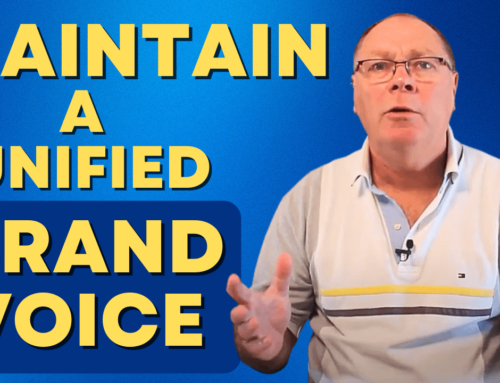
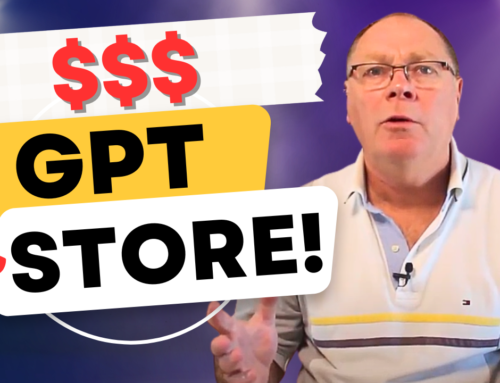
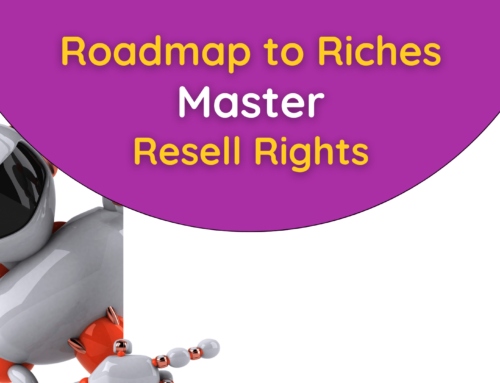
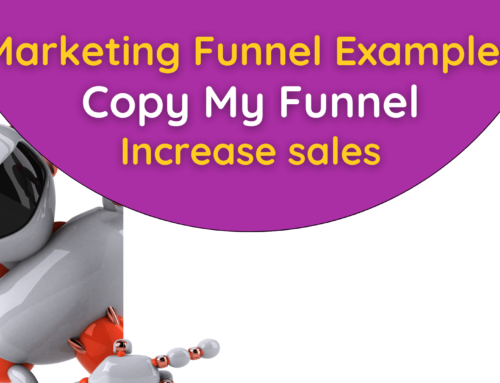
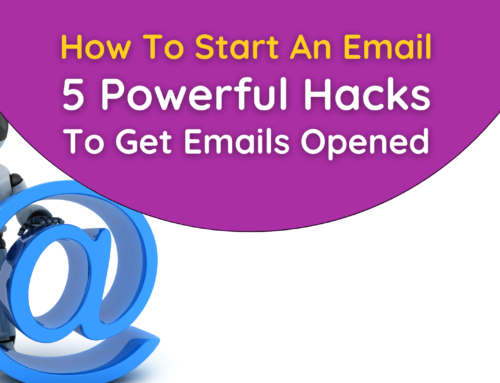
Leave A Comment